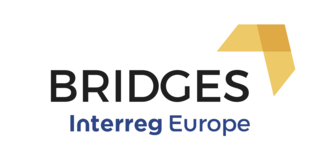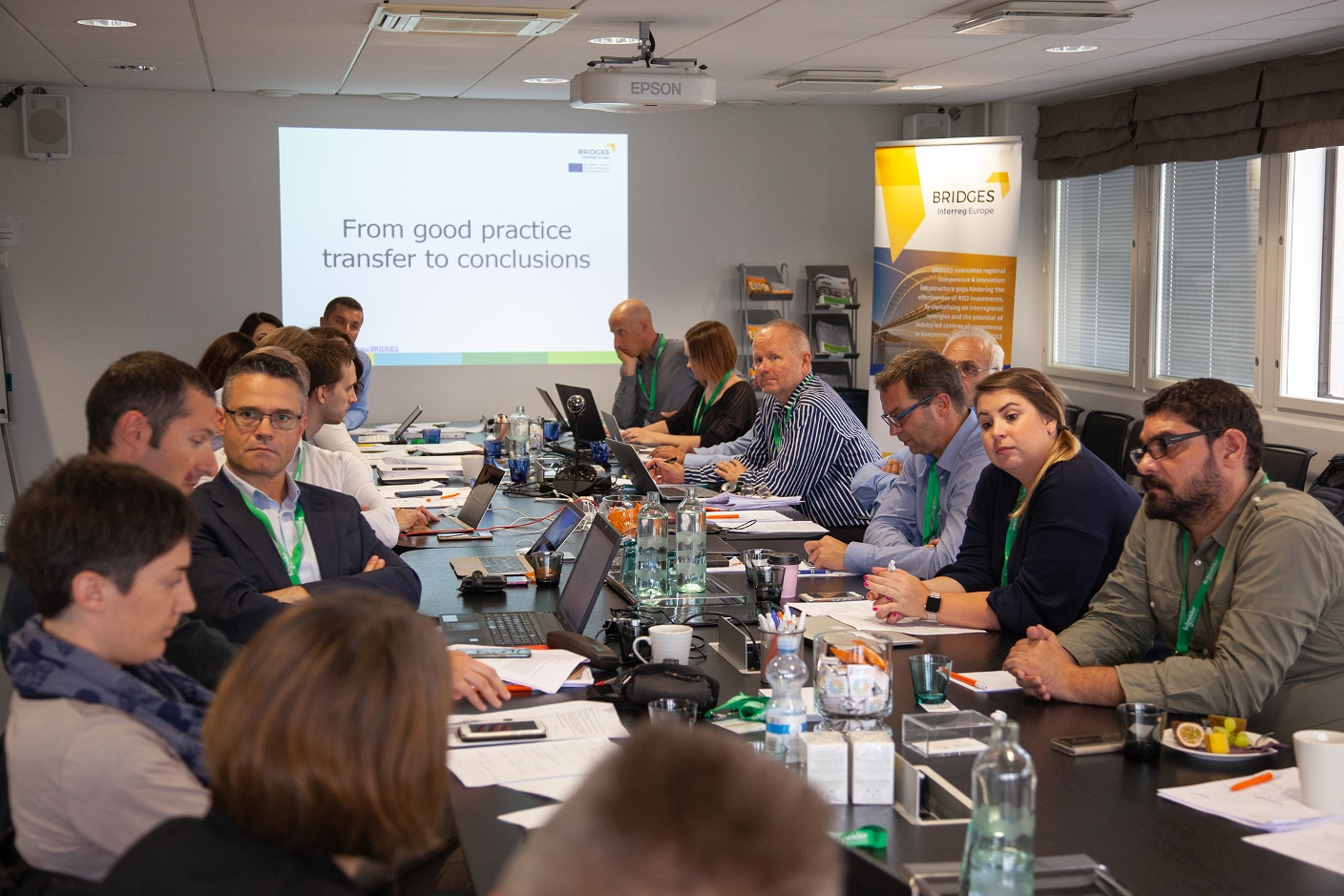During the process of gathering good practices related to Industry-led Competence Centres as innovation infrastructures and key regional RIS3 implementation units, it was necessary to establish a common ground of understanding in terms of definitions and characteristics. This way, the work to be done would be homogeneous, providing with clear indications to the partners in their collection of these good practices.
For that purpose, the CREST (Comité de la recherche scientifique et technique) report “Industry-Led Competence Centres – Aligning academic / public research with Enterprise and industry needs”, produced in 2008, was taking into consideration. Previously, in December 2007, this committee established a working group for this purpose. The working group then formulated this report, which consists of consensus opinions of best practice aspects for member states to consider in the process of setting up and operating industry-led Competence Centres.
In accordance with this, there were three different types of industry-led Competence Centres, in the sense that their activities were to be felt directly through their impact on innovation and economic value creation, to be listed:
- Strongly based in academia with industry on their Boards with the main objective of achieving critical mass and change the behaviour of universities to encourage greater openness to collaborate with industry.
- Virtual Centres, combining different competences in existing organizations, being its main objective developing multi-disciplinary approaches in areas of importance for industry.
- Physical Centres, getting real depth in expertise and facilities as a core support to the development of industry sectors. Furthermore, these Competence Centres would be presenting the following characteristics as well:
- Research and training programs and activities to be focused on industry future needs directed by an Industry-Led board with significant experience of industry.
- Strong focus on generating and supporting industry in exploiting new knowledge.
- Multidisciplinary research team covering the range of disciplines required.
- A research agenda relevant to the future needs of the industrial partners focused on medium term market issues.
- Close location and relationship with high quality research groups or facilities.
- Formal governance structures, led by a strong profile industry and a balanced and experienced board, supported by a scientific advisory board.
- A funding model which enables the Centre to maximize the commercial potential of the IP produced.
Based on this, the International Working Group I of BRIDGES project, formed by regional development agencies, business network associations, research centres and regional authorities through their stake holders’ groups and coordinated by CEEI-Burgos, structured its discussions on Industry-led Competence Centres as innovation infrastructures and the existing potential feasible replications.













